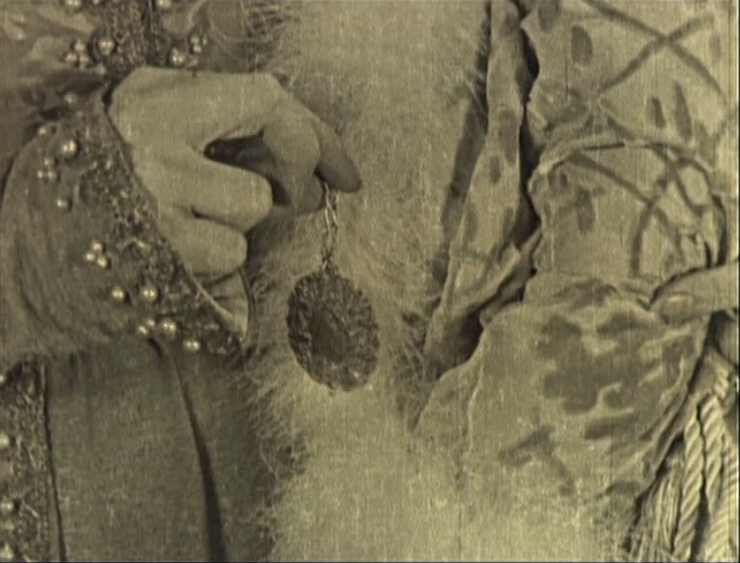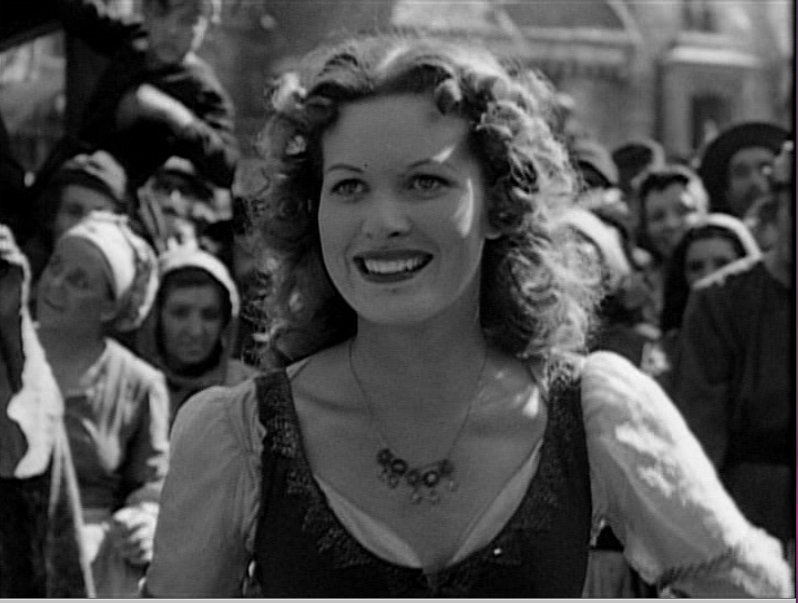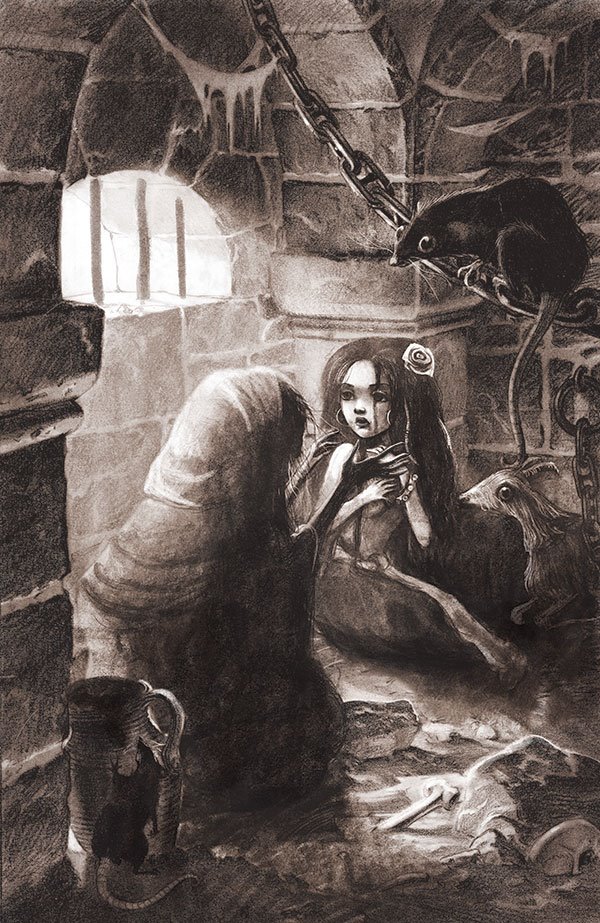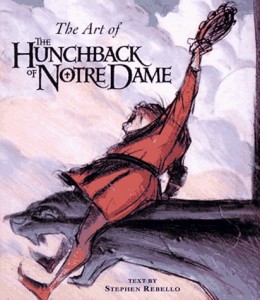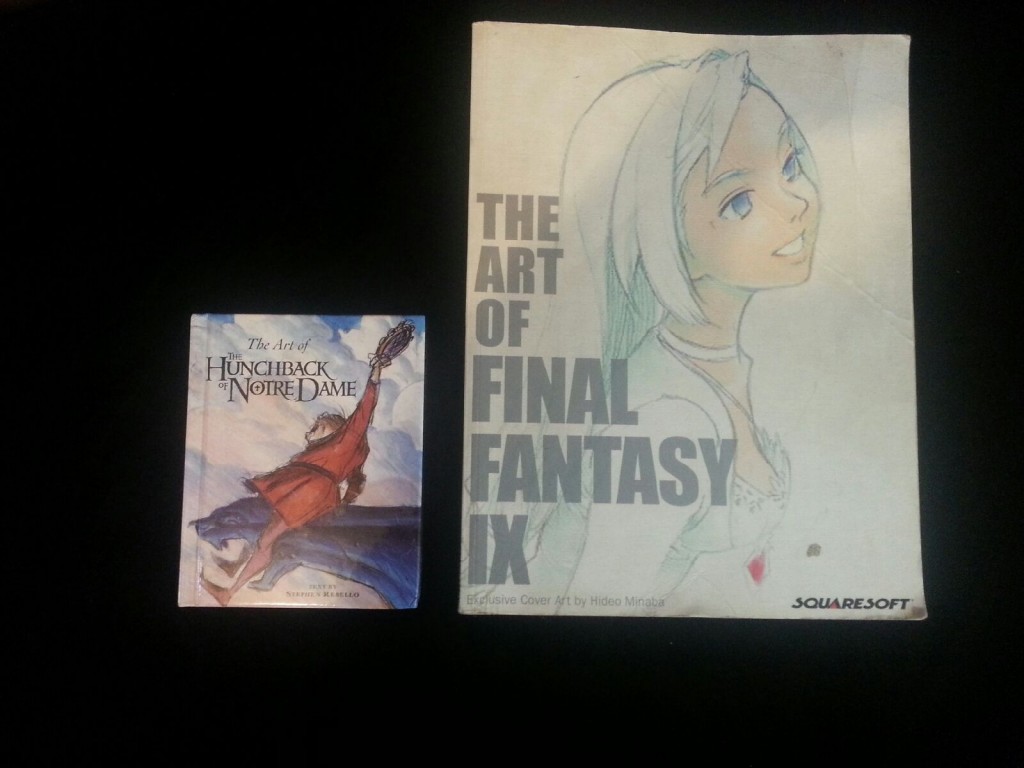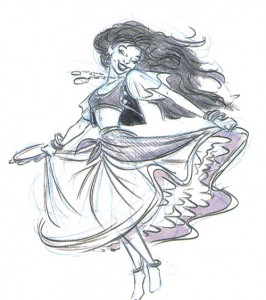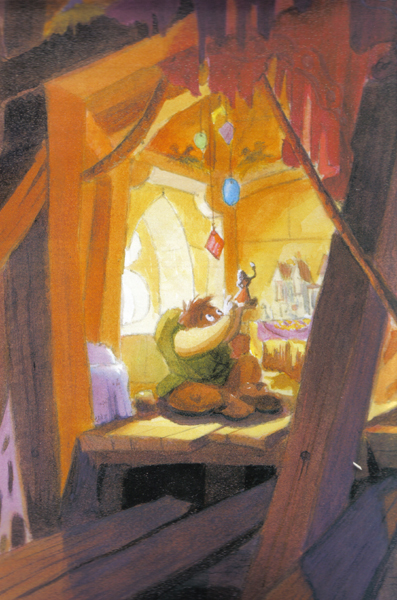
Carlotta Grisi and Jules Perrot, La Esmeralda
Well break is over, I can’t hold off anymore on not reviewing another Hunchback version. So here we are instead of some stupid annoying dumb knock-off Disney animation waste of time that makes me dumber as I watch it over and over instead we’re going a classy upscale version of Hunchback, a Ballet. Even though if you have seen The Forsythe Saga, Ballets aren’t cliche as opera because it’s young women dancing. I digress in today society Ballet is more an upscale art form and it something I know nothing about. The closest thing I got to a dance class was tap dance and I got run out the class by the mean students and the incompetent teachers.
Let’s just start with some basics. The ballet is called La Esmeralda and it’s done in three acts and five scene. It was originally choreographed by Jules Perrot to music by Cesare Pugni, with sets by William Grieve and costumes by Mme. Copère. It was first presented by the Ballet of her Majesty’s Theatre, London on 9 March 1844, with Carlotta Grisi as Esmeralda, Jules Perrot as Gringoire, Arthur Saint-Leon as Phoebus, Adelaide Frassi as Fleur de Lys, and Antoine Louis Coulon as Quasimodo.
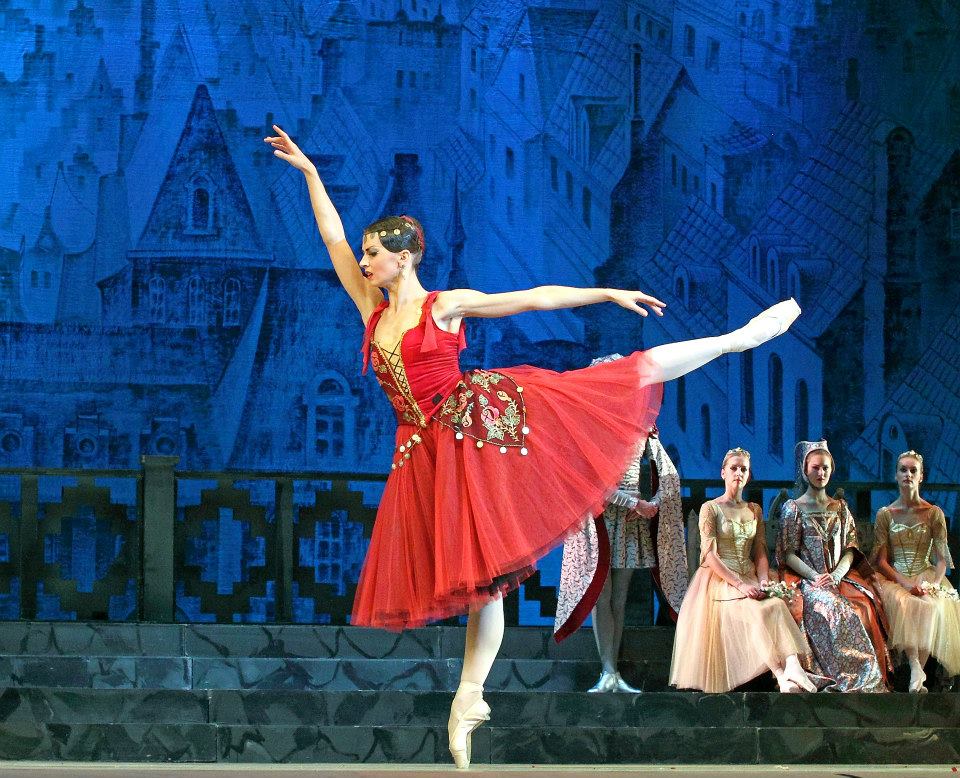
Alexandra Timofeeva as Esmeralda, La Esmeralda Bellet, Kremlin Ballet Company, Moscow
The first time it was performed in America was in New Jersey in 2004. Most Western ballet companies only perform two Esmeralda-related pieces—La Esmeralda pas de deux and La Esmeralda pas de six—and the Diane and Actéon Pas de Deux, which is actually not excerpted from the ballet, but often mistakenly credited as having been added by Marius Petipa to his 1886 revival of La Esmeralda. So it’s not a very common ballet to American but you do seem the part performed for like ballet competition. It’s a good allegory of Hunchback a piece work that is superficially known by the general public but the story isn’t understood.
The version we’ll look at and review is by the Kremlin Ballet Company of Moscow. Alexandra Timofeeva plays as Esmeralda. While I could be wrong this production was done in April 2016. Though there were performs in 2014, so it could something they perform periodically.
I feel very much out of my depth with this one.
Follow thehunchblog

